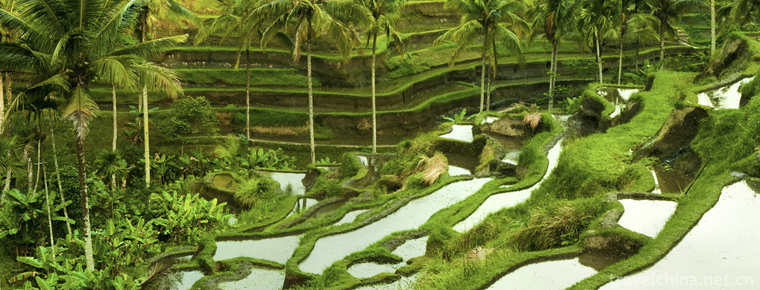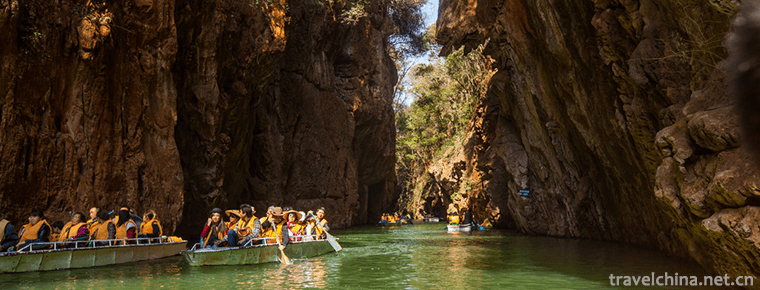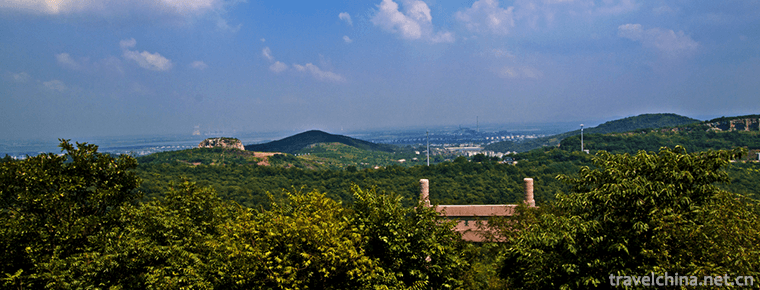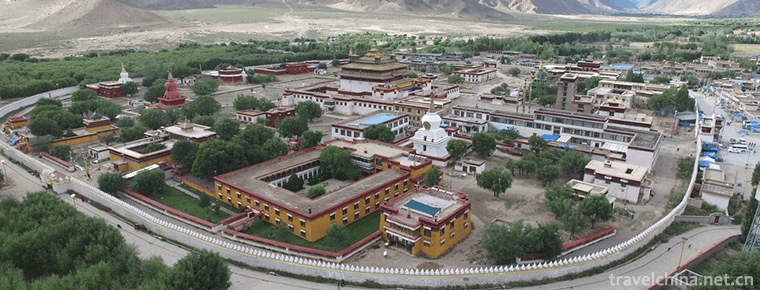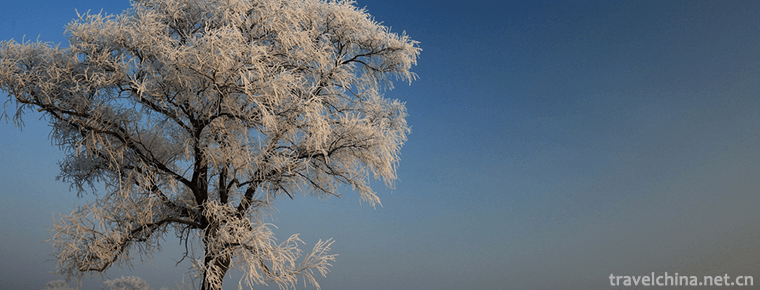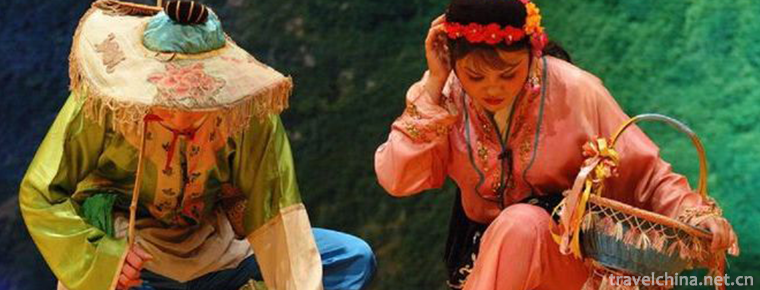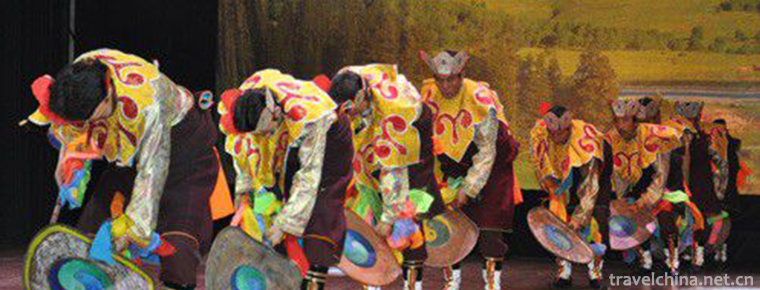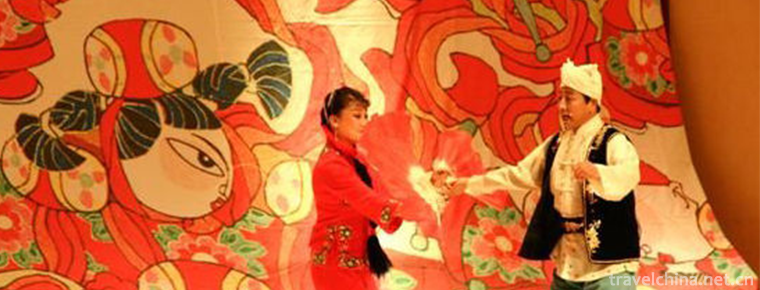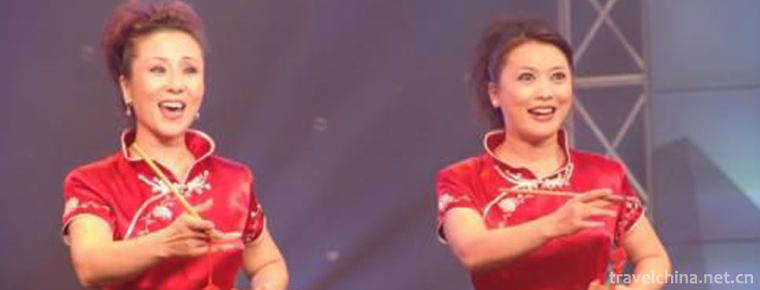Hydrology in Luzhou
Hydrology in Luzhou
There are many large, medium and small rivers in Luzhou, but the runoff of small streams is short. The rivers in the territory belong to the Yangtze River system, with the Yangtze River as the main trunk, distributed in a tree shape, and flow into the Yangtze River from south to North and from north to south. The main rivers are the main stream of the Yangtze River, Tuojiang River, Chishui River, Gulin River, Yongning River, Tang River, Laixi River, Dongmen River, etc. There are 61 rivers with rainfall collection area of more than 50 square kilometers, including 30 rivers with rainfall collection area of 50-100 square kilometers, 20 rivers of 100-400 square kilometers, and 11 rivers of more than 400 square kilometers. Luzhou River belongs to the monsoon River under the control of subtropical monsoon climate, that is, warm season river. The runoff is supplied by summer precipitation, which is the largest in summer and the smallest in winter. There are many rivers and lakes in the territory. It belongs to the Yangtze River system.
The Yangtze River is distributed in the northern part of the urban area. It enters Luzhou from Dadukou town of Naxi District in the west, flows through Naxi District, Jiangyang District, Longmatan District, Luxian county and Wanglong town of Hejiang county to Chongqing city. It crosses the whole city 133 kilometers, with the river surface width of 600-1300 meters. It takes the Yangtze River as the main trunk and consists of four branches to form a dendritic water system. The main tributaries of Yangtze River are Yongning River, Tuojiang River, Longxi River and Chishui River. The main lakes are Huanglong lake, Yulong lake, Fenghuang lake and Honglong lake. The total amount of water resources is large, but the distribution is uneven, so it is difficult to develop.

Hydrology in Luzhou
-
The longji yao and zhuang ethnic terrace
Views: 294 Time 2018-10-12 -
Jiuxiang Scenic Spot
Yiliang Jiuxiang Scenic Spot is located in a mountainous area with a cool climate, continuous peaks and valleys with a relative height difference of about 200 meters. The surface elevation is between
Views: 155 Time 2018-12-22 -
Bagong Mountain Tourist Scenic Area
Since 2001, Bagongshan Scenic Area has listed Bagongshan National Geopark, Bagongshan National Forest Park and Bagongshan National AAAA Tourist Area successively. Bagong Mountain is a famous historica
Views: 167 Time 2018-12-23 -
Huang Yaguan the Great Wall
The Great Wall of Huangyaguan lies in the mountains 28 kilometers north of Jizhou District. Historically, there were 18 garrison piers and abutments in Jizhou City. Huangyaguan Pass
Views: 74 Time 2019-01-19 -
angye Temple
Sangye Temple, also known as Cunxiang Temple and Wubian Temple, is located in Sangye Town, Zaburg County, Shannan District, Tibet Autonomous Region, under the Habu Mountains on the North Bank of the Y
Views: 194 Time 2019-02-07 -
rime island
Wuluo Island, an island on the Songhua River, is located in the Manchu town of Ura Street, Longtan District, Jilin Province. The villages of Hantun and Zeng Tongtun in Manchu Town of Ura Street are th
Views: 199 Time 2019-02-25 -
Tea Picking Opera
Tea-picking opera is a kind of traditional opera popular in Jiangnan and Lingnan provinces. It was mostly produced from the middle of Qing Dynasty to the end of Qing Dynasty.
Views: 265 Time 2019-04-04 -
Tibetan Gugu Encouragement
Tibetan God inspiration has a long history. As for its origin, there is a legend that one or two hundred years ago, a "Gawa Hubo" (i.e. a local official) in Ningba village danced in the mans
Views: 411 Time 2019-04-05 -
Hequ folk songs
Hequ folk song is a kind of traditional folk music. Shanxi's human geographical environment has formed the "Xikou" mode of life and production in which local people return to Daqingshan and
Views: 414 Time 2019-05-03 -
Umbrella Making Skills
Oil-paper umbrella is one of the traditional handicraft products in China. As a kind of paper or cloth umbrella originating in China, it has also spread to various parts of Asia, such as Korea, Vietna
Views: 234 Time 2019-06-12 -
Shandong drum
In addition to the book drum, the musical instruments of Shandong drum were initially beaten with two pieces of plough and plough, and then two pieces of iron and copper were used, accompanied by thre
Views: 163 Time 2019-06-13 -
Mount Fulai
Mount Fulai is one of the top 40 tourist attractions in China. It is 27 kilometers away from Shunan Bamboo Sea central scenic spot and 10 kilometers away from qidonggou, a 4A tourist attraction. It is composed of more than 80 hills.
Views: 179 Time 2020-10-16
